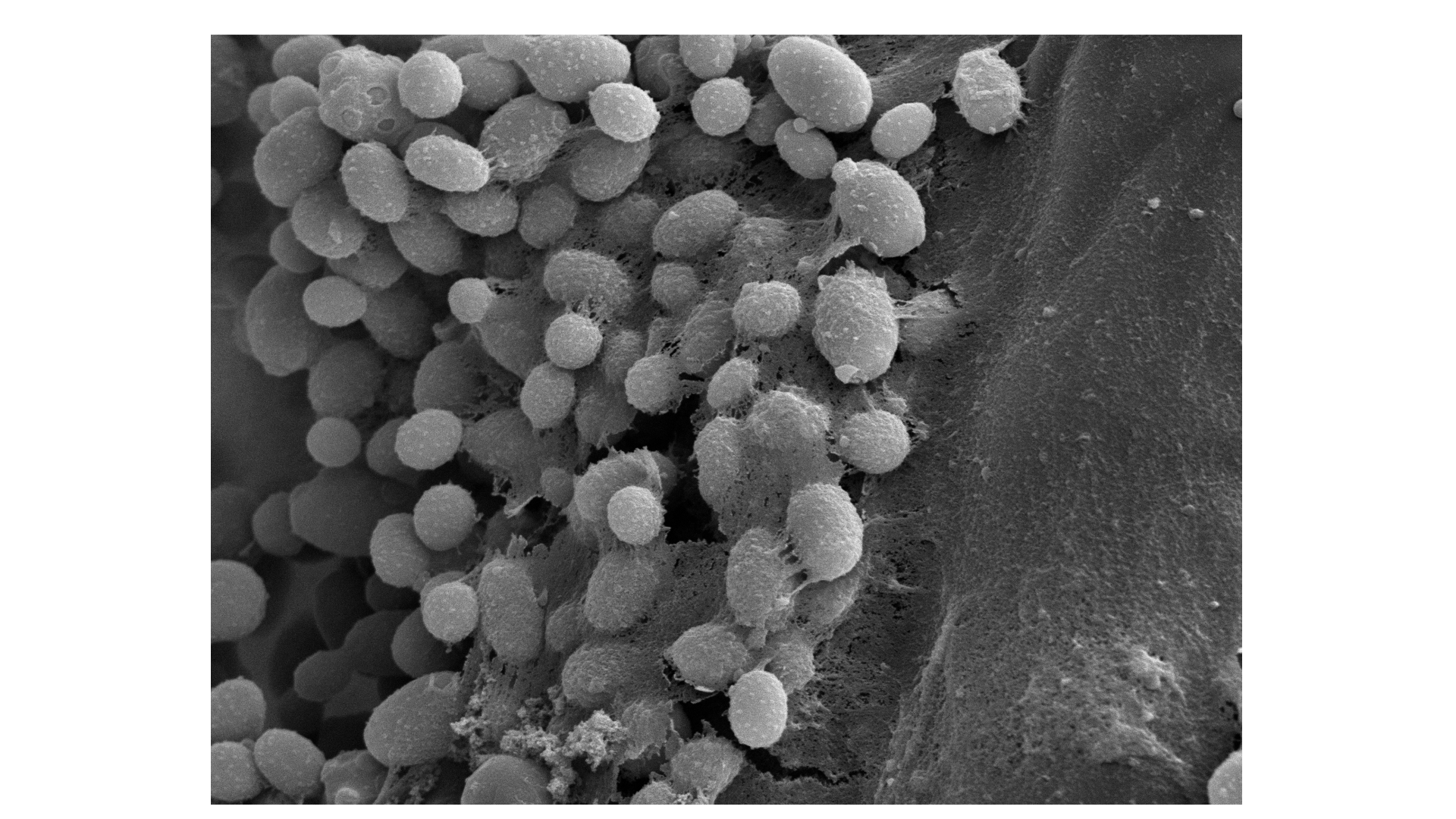In celebration of International Microorganism Day, the 17th of September, Dr Ryan Kean a Lecturer in Biological and Biomedical Sciences and a member of the SHIP team, shares this interesting piece on his favourite bug Candida auris.

My interests in Candida auris began in the summer of 2016 whilst doing my Ph.D. and involved a side project with a post-doc in the laboratory, Dr Leighann Sherry. Being opportunists (like the microbe itself!), coupled with some labour intensive late nights and weekend work, we were able to quickly generate some interesting data and publish our findings (https://www.ncbi.nlm.nih.gov/pmc/articles/PMC5324806). From then my research, including the original scope for my Ph.D. thesis completely changed to understand the biology of this up and coming emerging pathogen.
Since it was initially isolated in Japan in 2009, clinical cases of C. auris have now been reported in 41 different countries worldwide, spanning 6 different continents. Alarmingly, a significant number of clinical isolates are resistant to two classes of antifungal drugs, with reports of cases resistant to all three classes. Given this lack of potential treatment options, it was named as a 2019 urgent threat in relation to antimicrobial resistance by the Centers for Disease Control and Prevention.

Perhaps the most fascinating aspect of C. auris, is the mystery regarding its initial emergence and to this day, many questions remain unanswered. The most notable being the question of how did this globetrotting fungus appear in the first place and why did unrelated cases emerge at the same time in completely different parts of the world? Some interesting theories exist, linked to environmental antifungal use and also climate change (which are discussed in a recent podcast – https://www.wnycstudios.org/podcasts/radiolab/articles/fungus-amungus).
One trait of C. auris which makes it relatively unique to other fungal pathogens, is its ability to cause localised hospital outbreaks. My research within the SHIP group combines traditional microbiology and sophisticated bioinformatics-based approaches, and aims to understand why some cleaning products do not kill the bug which allows it to survive in the environment and transmit between patients within hospitals.
To find out more about the SHIP team, head on to the GCU website, read the rest of our blogs and follow us on Twitter @SHIPGCU
